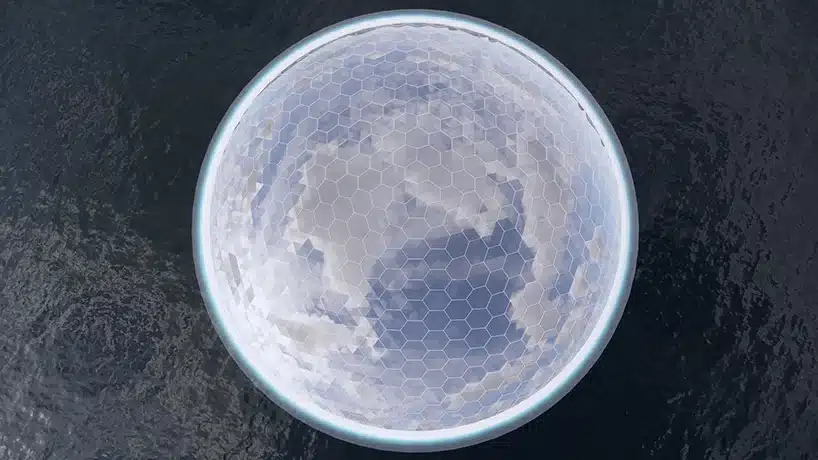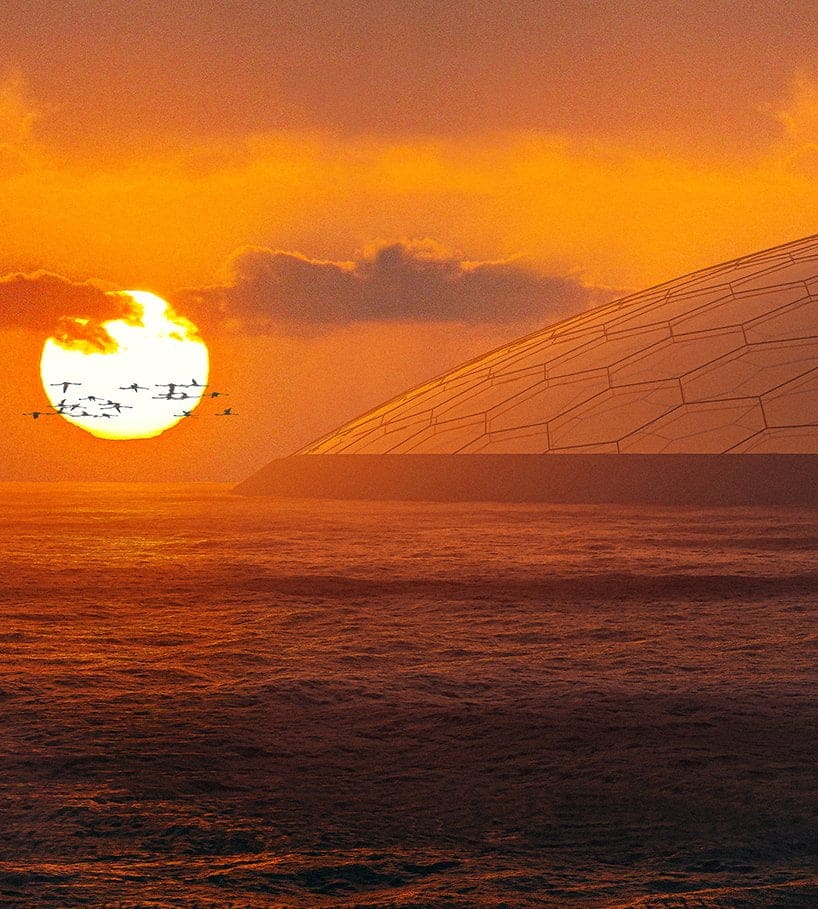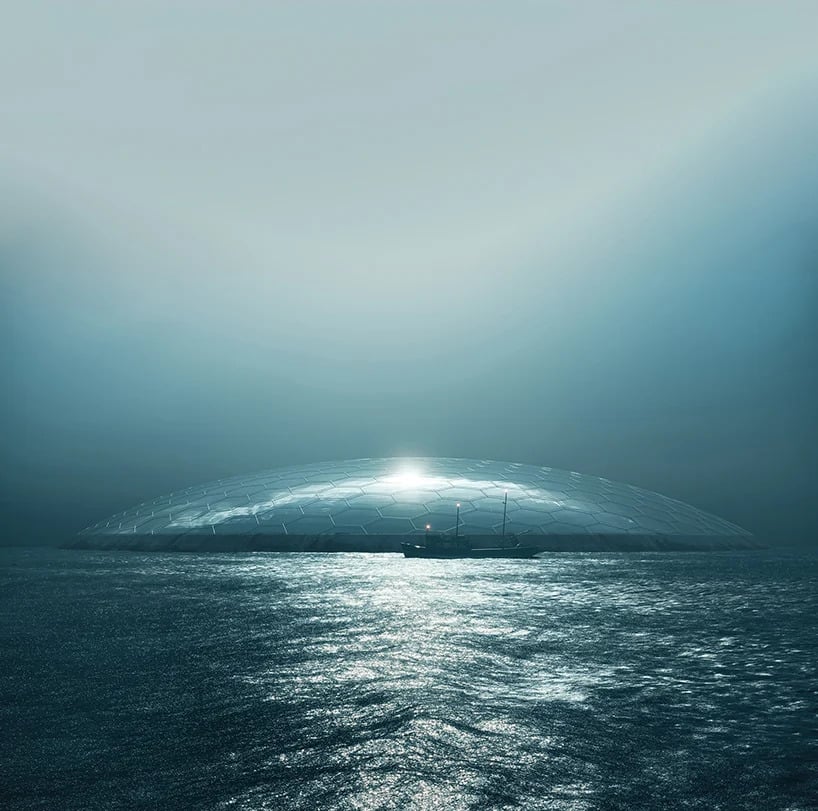Water (fortunately) is abundant on earth: 71% of the planet's surface is covered by oceans. Unfortunately, this water is too salty to be useful for drinking, hygiene, agriculture, or even industrial processes. This is why the scarcity of fresh water is one of the most urgent problems of our time.
“Ensuring access to water and sanitation for all” is goal no. 6 of the 17 UN SDGs (sustainable development goals). To address this problem we need to define an agenda to give access to fresh water to millions of people over the next 5-20 years. Can we do it with a carbon neutral process, to avoid creating new problems instead of solving them? In summary: can we transform the oceans into immense freshwater reservoirs?
dH2Ome, a concept to focus on an approach
dH2Ome, the concept imagined by the designer Cosimo Scottucci, is a revolutionary infrastructure that aims to carbon neutrally deliver liters of fresh water where it is needed most, helping to lay the foundations of a healthier, safer and more sustainable society.
Cosimo (read more about him if you like, , promising) sought a holistic solution to simultaneously solve the water crisis and the socio-economic problems of underdeveloped and developing countries. The starting point is the same as other recent projects. And it starts from an obvious circumstance: many of the countries experiencing severe droughts and water shortages are located in the tropical area. And in most of these the sun shines for most of the year, representing by far the largest source of energy.
A greenhouse on the ocean

dH2Ome is a scalable solution that essentially consists of a carbon neutral greenhouse positioned halfway between the water and the sky. Thanks to solar radiation, the water inside the dome evaporates, separating from the salt and other products it contains, to eventually condense on the glass surface above. the drops of condensed water on the surface are perfectly fresh, and only by gravity will they slide into the drainage system embedded along the entire perimeter of the dome. Once there, the water can be extracted directly or poured into the pipes.
Salt, a by-product of this carbon neutral operation, could be sold to generate money and encourage the development of new economies.

By creating an infinite and affordable source of fresh water, dH2Ome lays the foundation for a better society: residents of drought-prone areas will not have to travel long distances into dangerous areas to access water. And without the problem of the water crisis, they will be able to take care of themselves and their families, start small businesses or continue their studies.


